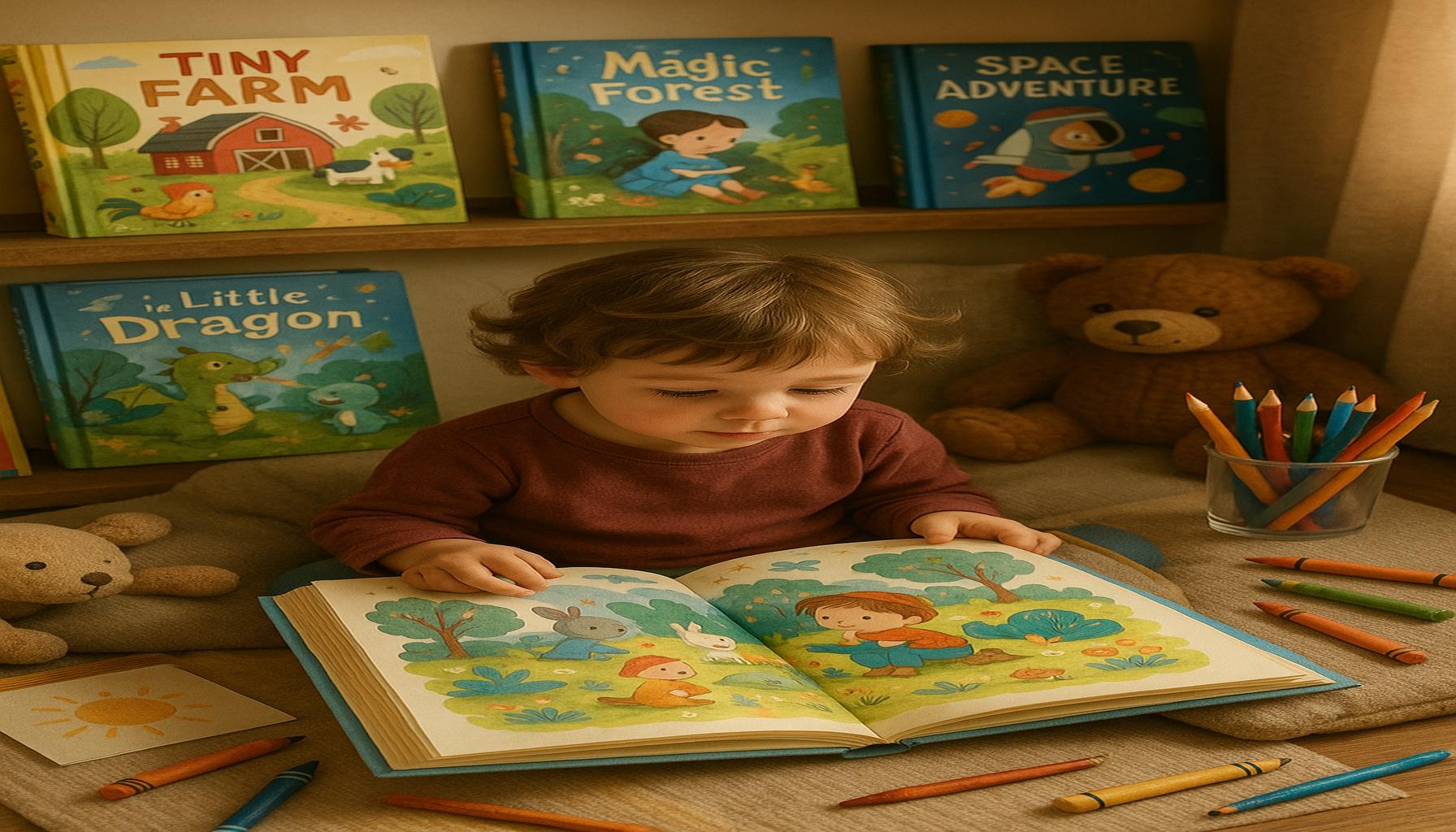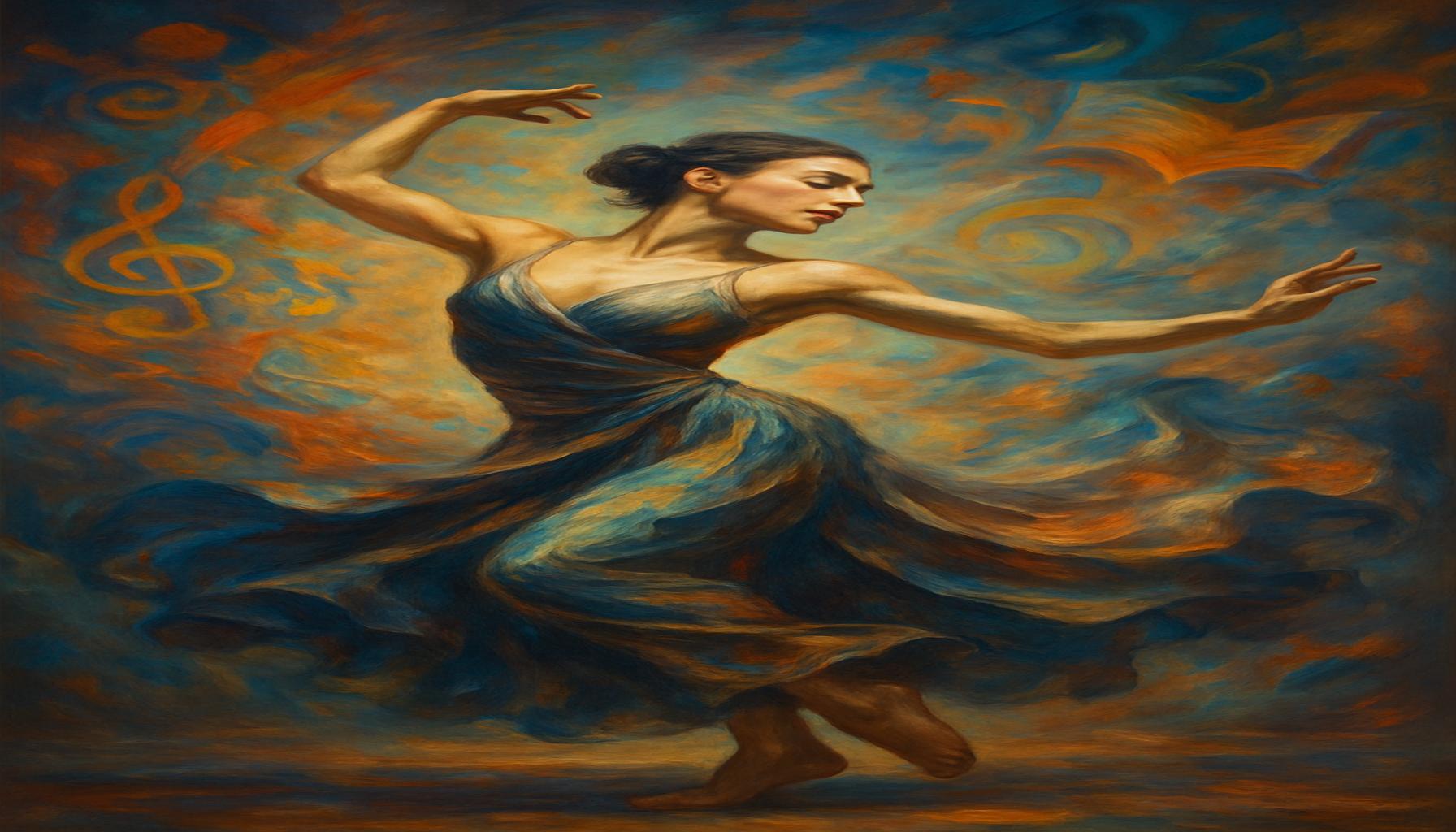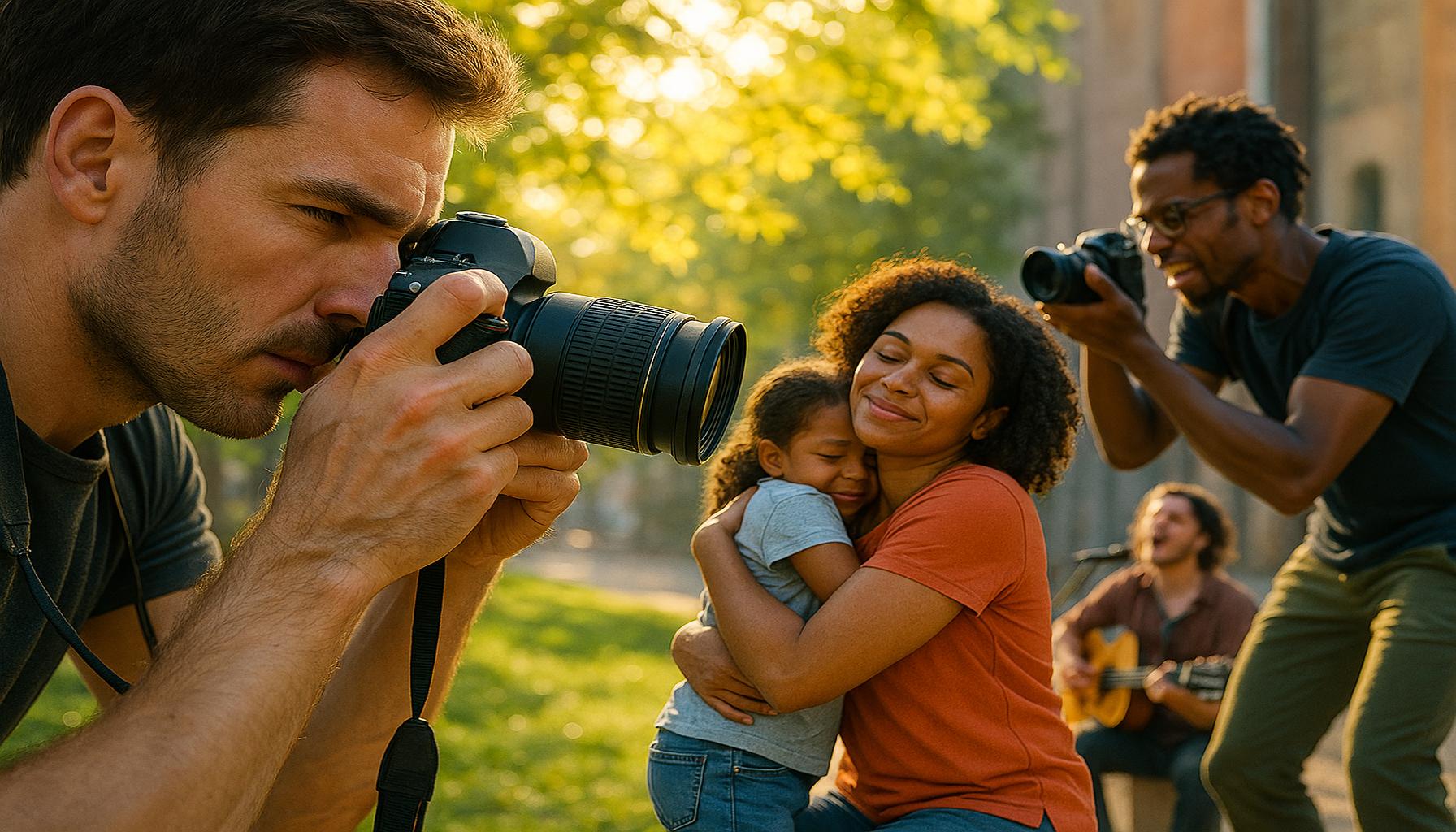Performance Art: The Intersection of Theater and Visual Arts in Cultural Experiences
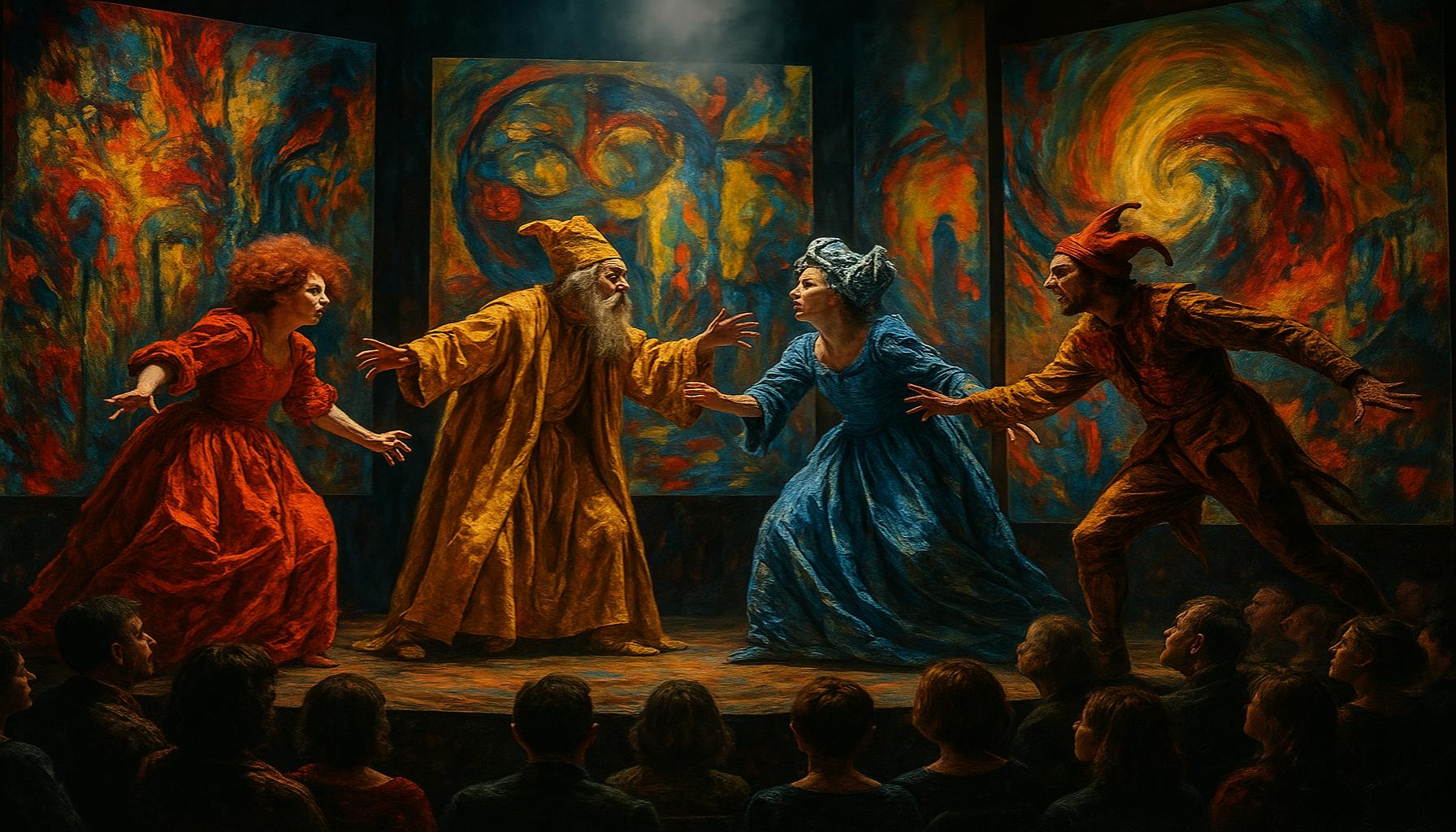
Exploring the Fusion of Two Artistic Realms
Performance art stands at a captivating crossroads between theater and visual arts, creating unique cultural experiences. This genre challenges traditional boundaries, encapsulating emotion, storytelling, and visual spectacle into a single performance.
The Vibrant World of Performance Art
Within this dynamic field, artists breathe life into various themes and social issues, using live performance to directly engage their audiences. The format is not confined to scripted dialogue or choreographed movements; instead, it opens up a canvas for spontaneous creativity, often blurring the lines between artist and observer. Artists employ a range of techniques, such as:
- Live Action: This technique engages audiences in real-time, allowing for a direct emotional connection to the unfolding events. For example, performance artist Marina Abramović’s work, “The Artist is Present,” transformed the MoMA in New York into a space of shared silence and presence, inviting viewers to engage deeply and personally.
- Multimedia Presentations: By combining video, sound, and physical movements, artists create an immersive spectacle that can emotionally and intellectually resonate. For instance, the performance group Punkband utilized live music alongside projected visuals to craft narratives that reflect societal tensions.
- Interactive Elements: Performance art often incorporates audience participation, breaking down barriers and emphasizing community engagement. Chris Burden famously invited viewers to shoot a firearm at him in “Shoot,” creating a provocative dialogue about violence and the human condition.
Performance art has seen notable practitioners like Marina Abramović and Chris Burden, who have not only transformed the landscape of contemporary art but have also provoked thought and evocation through experiences that invite the observer to reconsider their role in the performance. Their work has sparked widespread discourse on the power of vulnerability and endurance in art.
Impact on Cultural Experiences
In the United States, performance art is thriving, redefining cultural narratives in unconventional spaces like galleries and theaters. The ambiance of venues such as the Whitney Museum in New York or the Hammer Museum in Los Angeles fosters a new appreciation for this genre, allowing audiences to experience the powerful amalgamation of visual and performative elements. Such experiences leave lasting impressions, stimulating dialogues about identity, society, and personal experience.
Importantly, performance art serves as a reflection of cultural sentiments, often addressing urgent social issues such as race, gender, and environmentalism. Works by artists like Shirin Neshat delve into themes of cultural identity through their evocative performances, questioning preconceived notions and creating pathways for understanding.
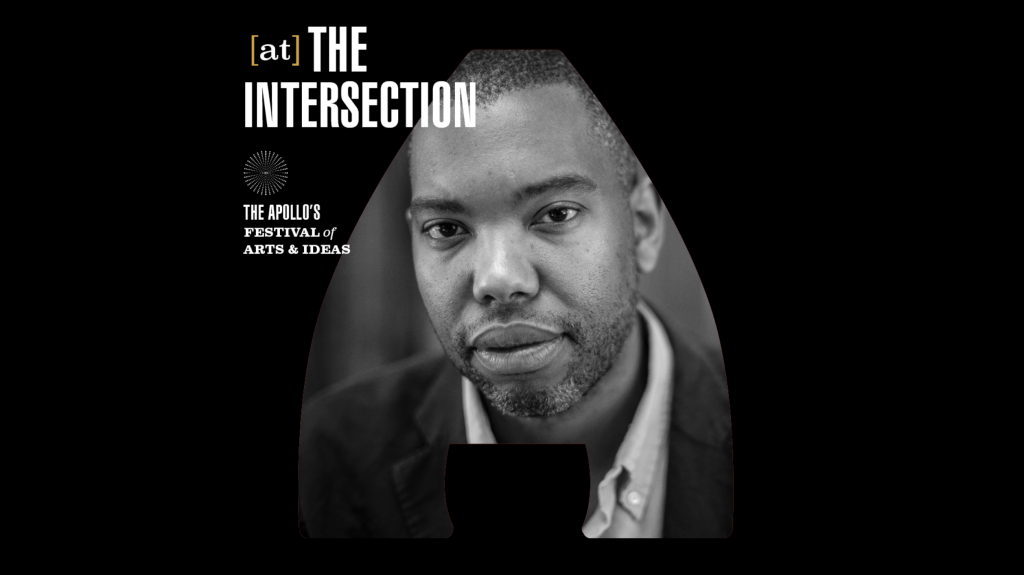
As we delve deeper into the world of performance art, we invite you to discover how this unique intersection shapes our understanding of culture and artistic expression. The vibrant dialogues and emotional journeys provided by performance art not only challenge our perceptions but also encourage ongoing exploration of the shared human experience.
DIVE DEEPER: Click here to discover how musical collaboration can enhance your creativity
The Evolution of Performance Art
Performance art has evolved into a complex and often provocative form of expression, emerging as a vibrant movement since the mid-20th century. It defies traditional categorizations, blending elements of theater and visual arts to create immersive cultural experiences. This evolution has roots in various movements, from Dadaism to Actionism, setting the stage for contemporary artists to push boundaries beyond mere aesthetics. The core of performance art lies in its ability to transcend visual compositions, placing the human body and its actions at the center of the artistic narrative.
Defining Characteristics of Performance Art
While performance art can be diverse in its manifestations, several defining characteristics unify this genre. Understanding these traits offers insight into how art transforms through live interpretation and interaction:
- Ephemeral Nature: Unlike traditional art forms, performance art is fleeting. Once a performance concludes, it exists only in memory and documentation, making the live experience profoundly unique and personal.
- Improvisation: Many performance artists incorporate elements of spontaneity, allowing for unexpected moments that react to audience dynamics and environment. This approach embraces spontaneity as a crucial component in capturing genuine human experience.
- Risk and Vulnerability: Artists often place themselves in challenging situations that provoke a response, exhibiting physical or emotional vulnerability. This intentional exposure invites audiences to confront their own perceptions and engage more deeply with the work.
- Site-Specificity: Performance art frequently occurs in non-traditional venues, such as public spaces, galleries, or urban environments. This choice not only enhances accessibility but also invites dialogue between the art and its context, integrating it into the fabric of everyday life.
In recent years, the growth of festivals and events dedicated to performance art, such as the Performa Biennial in New York City, has highlighted the genre’s significance in contemporary culture. Artists showcase varied approaches, united by a desire to engage with pressing issues and reflect on our collective realities. The inclusion of performance art in major cultural institutions has further legitimized its impact, offering a platform for dialogue that resonates across disciplines.
Cultural institutions are increasingly recognizing the importance of performance art in shaping public discourse. For instance, venues like the La MaMa Experimental Theatre Club serve as incubators for innovative works that challenge normative perspectives on race, gender, and politics. Artists such as Rashaad Newsome and Nora Chipaumire exemplify this trend by utilizing performance as a vehicle for social commentary and cultural exploration.
As we continue to navigate this captivating realm, it becomes clear that performance art serves not merely as a reflection of society but as a powerful catalyst for change, fostering dialogue between diverse audiences. The fusion of theater and visual arts within this genre invites us to confront our own beliefs, challenging us to expand our understanding of cultural experiences in a shared world.
| Category | Advantages |
|---|---|
| Interdisciplinary Collaboration | Promotes innovation by blending theatrical elements with visual arts, enhancing overall creativity. |
| Enhanced Audience Engagement | Creates immersive experiences, drawing in diverse audiences who might not typically engage with either art form. |
The dynamic fusion of theater and visual arts within the realm of performance art offers a transformative cultural experience that captivates and engages audiences on multiple levels. Interdisciplinary collaborations thrive when artists from different backgrounds come together, resulting in a creative landscape that surprises and inspires. Moreover, the integration of multi-sensory elements often blurs the lines between reality and imagination, compelling viewers to explore deeper narratives.The heightened engagement witnessed in these performances has the ability to challenge traditional perceptions of art. Audiences are not mere spectators; they become part of the experience, participating emotionally and cognitively. This approach fosters community dialogue, encouraging a shared journey through the art, thus amplifying its impact in society.As the exploration of Performance Art continues to evolve, there is an exciting opportunity for artists and audiences alike to redefine cultural experiences, pushing boundaries and expanding artistic horizons. The intersection of theater and visual arts presents a unique canvas for storytelling that resonates across cultures and generations, igniting curiosity and fostering understanding.
DISCOVER: Click here to unleash your creativity
Performance Art as a Platform for Social Activism
Performance art has emerged as a compelling medium through which artists can address societal issues, bridging the gap between entertainment and activism. This genre’s ability to engage audiences on various levels allows for potent commentaries on contemporary struggles, including systemic injustice, climate change, and identity politics. The performative aspect serves not only to captivate its viewers but also to challenge them, creating a visceral connection that can lead to profound reflection and change.
Case Studies of Impactful Performance Art
To illustrate the power of performance art in driving social change, consider the works of artists such as Marina Abramović, often hailed as a pioneer of the genre. One of her notable pieces, “The Artist is Present,” involved her sitting silently across from participants for over 700 hours. This engaged the audience on a deeply personal level, prompting conversations about presence, vulnerability, and emotional connection. The work stirred dialogue not only about the nature of art but also about human experiences, forging a space for intimacy in a public arena.
Similarly, Ayo Akintola’s performances address race and cultural identity. His work often challenges viewers to confront their biases, layering humor and poignant critique within his narratives. By situating these crucial discussions within the framework of performance art, Akintola fosters an environment where audiences are compelled to reflect on their beliefs and the societal structures that influence them.
The Role of Technology in Performance Art
Innovations in technology are also transforming performance art, creating new avenues for artists to explore and engage audiences. With the rise of digital performance art, artists can utilize social media platforms and live streaming to broaden their reach beyond traditional venues. This evolution was notably accelerated during the COVID-19 pandemic, which forced artists to adapt their practices and connect with audiences in virtual spaces.
Take, for example, the virtual performance “Online Events” by Yoko Ono, where she invited participants to engage in collaborative acts of art-making through a digital interface. This interactive experience highlighted the inclusivity of performance art, breaking geographic barriers and inviting a global audience to participate in the art-making process. The digital realm encourages the blurring of boundaries between performer and audience, fostering a shared cultural experience that transcends traditional theatrical barriers.
As digital technologies continue to evolve, they also raise critical questions about accessibility, authorship, and the nature of the “live” experience. Artists like Rashaad Newsome push these discussions to the forefront, exploring how technology can democratize art while simultaneously questioning the implications of a digitized culture on societal narratives. Performance art, thus, serves as a platform for both innovative expression and critical discourse, inherent to the transformation of cultural experiences.
Ultimately, performance art’s intersection with theater and visual arts creates a dynamic landscape where diverse voices can emerge. As artists leverage both their physical presence and digital tools, they challenge conventional norms and provoke meaningful engagement, inviting audiences to partake in a shared experience that resonates deeply within the fabric of societal discourse.
DIVE DEEPER: Click here to discover the evolution of digital art
Conclusion: Embracing the Future of Performance Art
In exploring performance art as the intersection of theater and visual arts, we uncover a rich tapestry woven with diverse narratives and powerful cultural commentary. This dynamic medium emerges as not only a vessel for artistic expression but also a crucial platform for addressing pressing societal issues. As demonstrated through the works of influential artists, performance art can elicit emotional engagement, challenge societal norms, and foster essential dialogues about identity, justice, and technology.
The evolution of digital performance art expands the boundaries of traditional presentations, allowing for global participation and new forms of interaction. As audiences increasingly gravitate toward online experiences, artists are called to navigate the complexities of virtual engagement while maintaining the core elements of live performance. This fusion of real and digital realms not only democratizes access to art but also serves as a catalyst for innovative creative expressions that resonate on profound levels.
As we look to the future, it is essential to embrace the opportunities that performance art presents. By supporting and exploring these multidimensional cultural experiences, we invite greater reflection on the human condition and facilitate a continuous dialogue about our collective realities. The convergence of theater, visual arts, and performance art represents a significant frontier in contemporary art, urging us to not only observe but actively participate in shaping the cultural landscape of our time. In doing so, we engage with the stories that define us and inspire transformative change within our communities and beyond.

